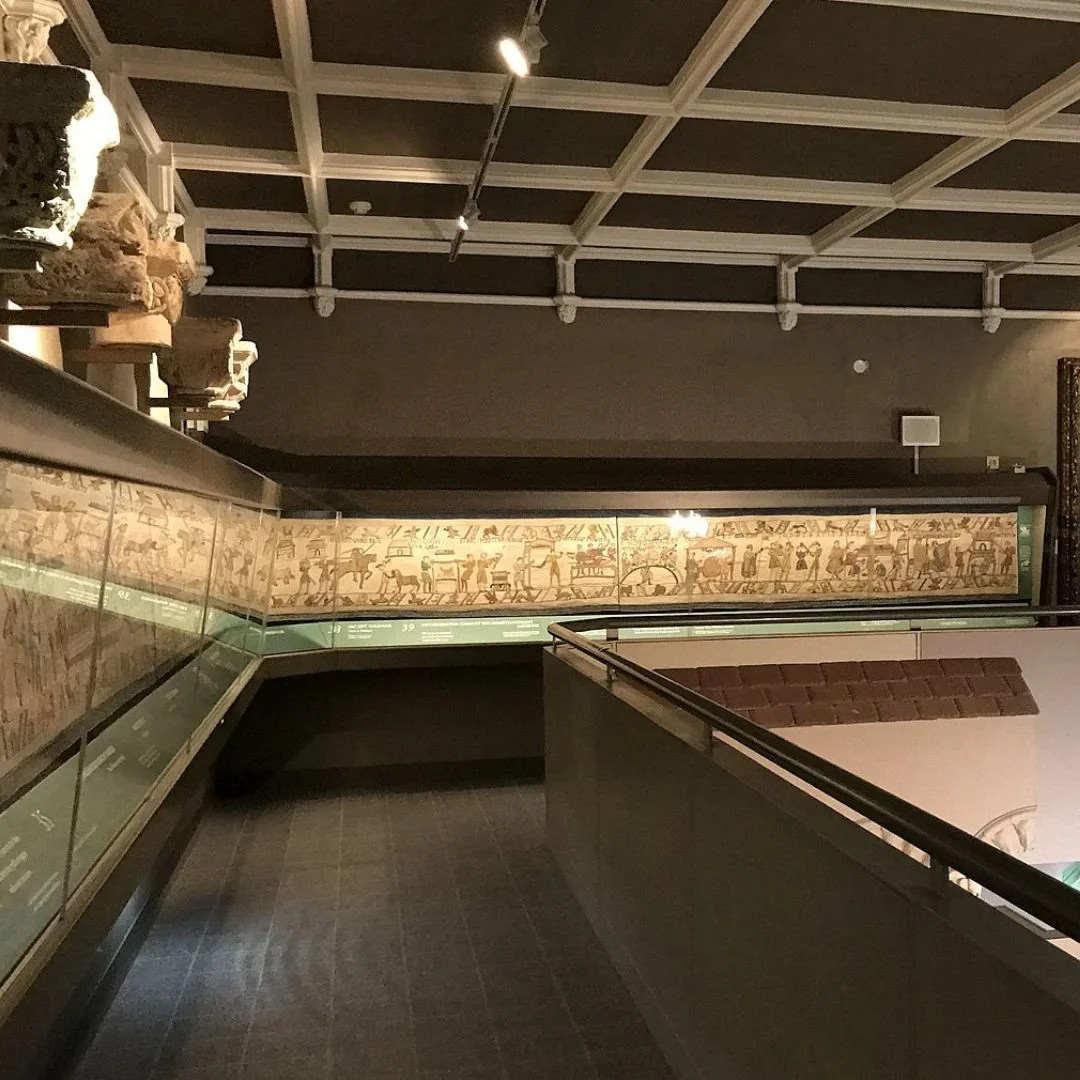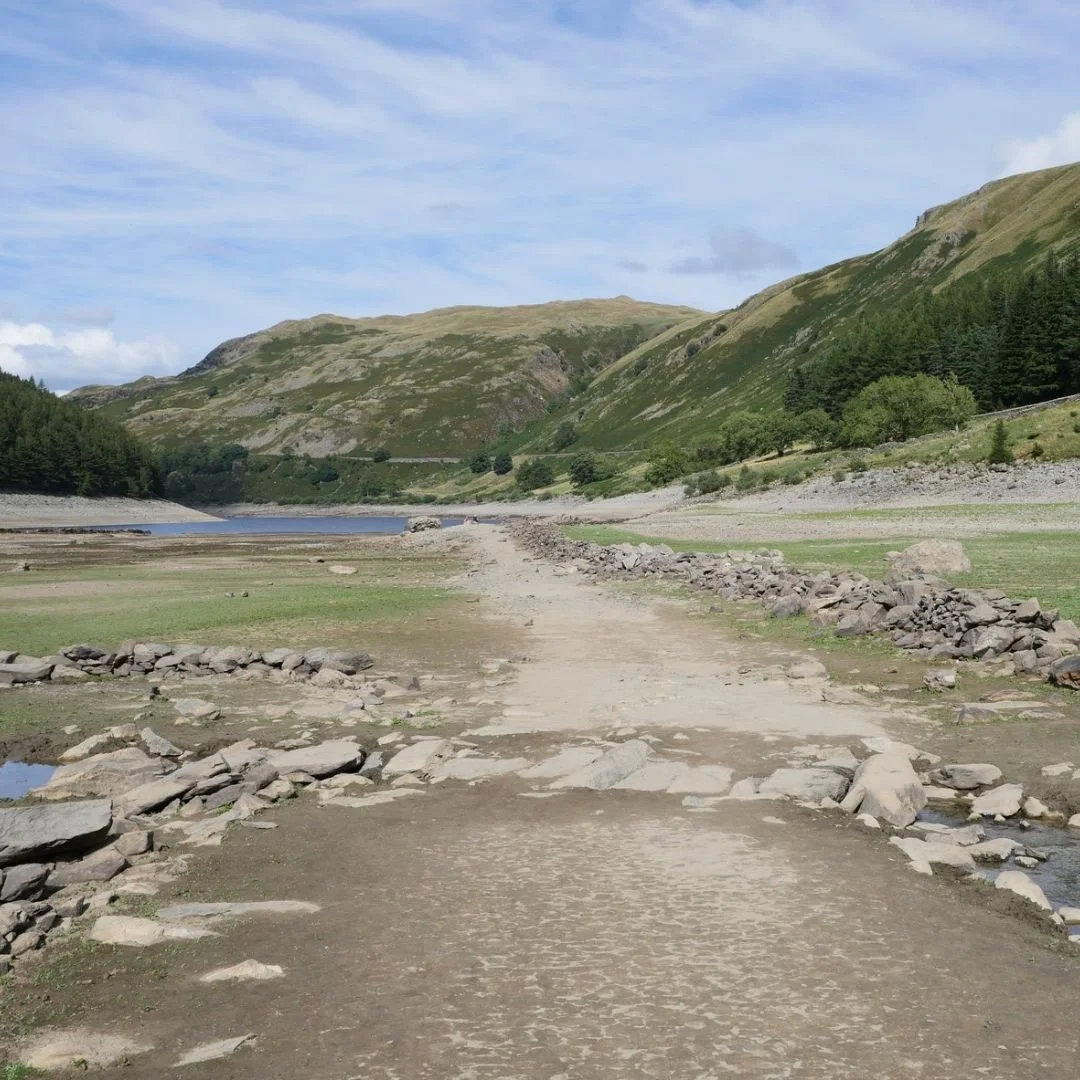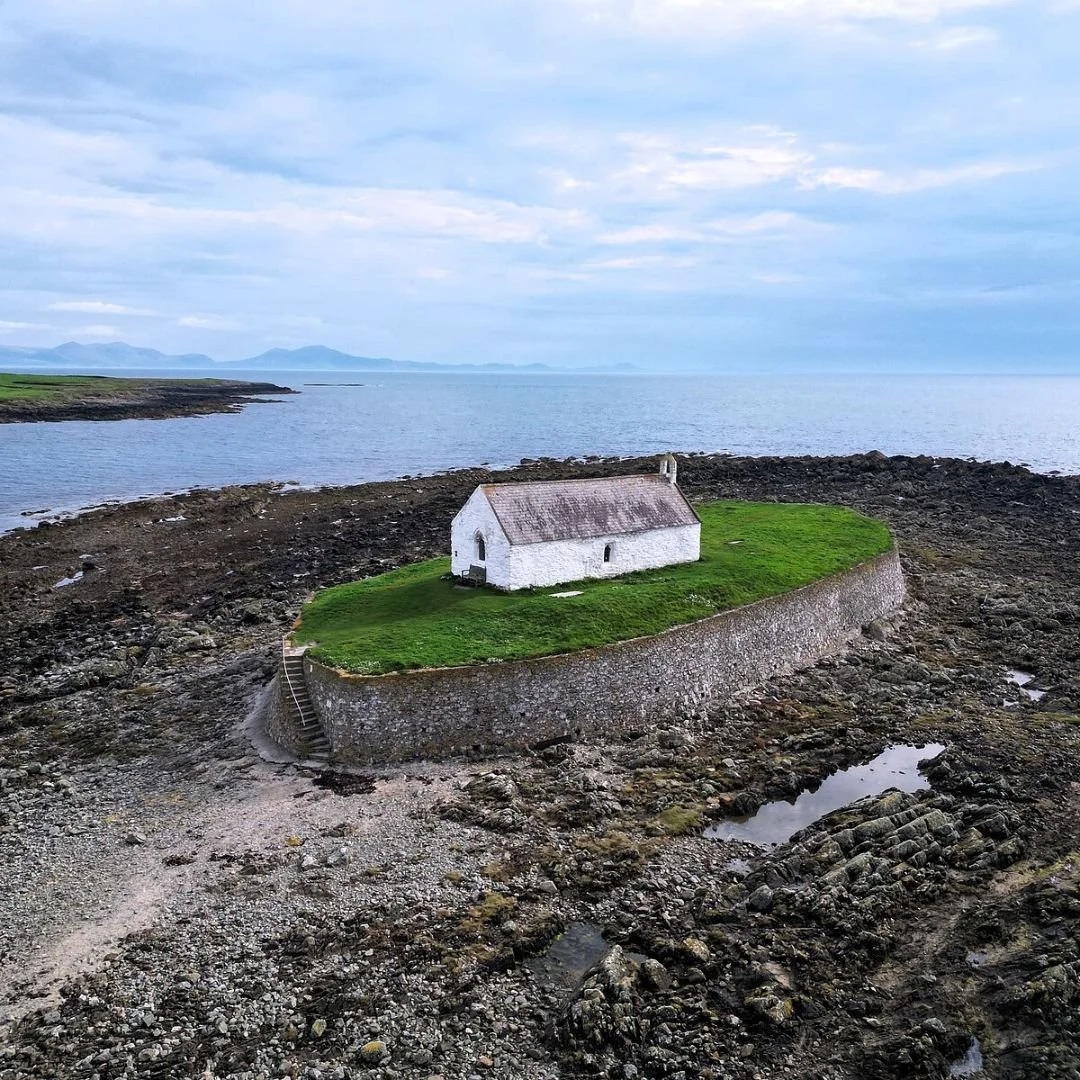Historic Blagraves House On Sale For £500 Million
The Grade 1 listed Blagraves House, said to be the oldest structure in Barnard Castle, is on sale for £500,000.
Barnard Castle is a historic market town which takes its name from the castle around which it grew.
The castle, an English Heritage property, was named after its 12th century founder, Bernard de Balliol, and was later developed by Richard III whose boar emblem is carved above a window in the inner ward.
The former dwelling up for sale is a landmark property within the ancient town.
Historically, the Grade I listed building takes its name from the Blagrave family who was resident there in the 17th century.
It boasts a colourful history after originally being gifted by Richard III to Joan Forest, the wife of the Keeper of the King's Wardrobe, Miles Forest, who was alleged to have disposed of the two young princes at the Tower of London, along with John Dighton.
In more recent times, it has been a place that the Barnard Castle community has enjoyed visiting for meals after it opened as Blagraves House Restaurant.
However, after it was revealed in June last year that the restaurant would be closing.
Lately, as of March 2024, it’s on the market for half a million pounds.
The property maintains a plethora of original features from its 1400's origins.
It was during this time that King Richard III granted an annuity to the Forrest Family who once served him as The Keeper of the King's Wardrobe.
This is not the only famous person to have crossed its threshold, Oliver Cromwell took lodgings here in 1648 during his Civil War campaign.
Oliver Cromwell (1599–1658) was one of the most significant figures in English history, known for his role in the English Civil War and as Lord Protector of the Commonwealth of England, Scotland, and Ireland.
Cromwell's military prowess was demonstrated in several key battles, most notably the Battle of Marston Moor in 1644 and the Battle of Naseby in 1645.
These victories played a crucial role in securing Parliament's ultimate triumph over the Royalist forces.
Since its early beginnings, the property has had many guises from a family home ,mystery museum, public house with its own brewery located within the cellars and rope makers to name but a few and ultimately led to its designation in 1950 as a Grade I Listed building.
Since its purchase the owners have lovingly undertaken improvements/conservation work to the property and have ran a popular restaurant, shop, cafe' and licensed bar.
There is potential for further works and expansions to be made not only to the main house but also to Magwich Hall (Detached Victorian Building).
About the property
Entry is taken directly from The Bank to an entrance vestibule which provides entry to a large reception room.
The living room features an impressive, molded stone fireplace with basket grate, inset display shelves, beamed ceiling, multipaned window, panelled and papered stud wall.
A snug corner with bay window at street level. Ornate carved door provides entry to a storage area under the first-floor external steps.
Door through to an inner hall with stone staircase rising to the first-floor accommodation, storage cupboard, access to kitchen/utility and through access to The Bar area.
The Bar area has Oakparquet flooring beamed ceilings and access door to the enclosed rear courtyard.
Bar/service area with wood panelled serving counter, wall mounted storage shelves, wash hand basin and multi paned window look out over the courtyard.
According to RightMove, the property is currently valued at half a million pounds.
It’s situated near the famous Barnard Castle, which was begun soon after 1093 on a dramatic site above the river Tees.
The castle was built to control a river crossing between the Bishop of Durham’s territory and the Honour of Richmond.
Much of the present castle was built during the 12th and early 13th centuries by the Balliol family.
The clifftop inner ward shows the remains of fine domestic buildings, including a magnificent round tower of around 1200.
From the 14th century onwards, the castle belonged to the earls of Warwick, and from 1471 to 1485 to the Duke of Gloucester, later Richard III.
After a fierce siege in 1569, when the castle was bombarded by rebels, the castle went into steep decline and was effectively abandoned by the early 17th century.
It has remained an imposing ruin ever since.
The impressive ruins are maintained by English Heritage and open to visitors.
Tickets can be booked in advance for a small fee via their website.
If you enjoyed this blog post, please follow Exploring GB on Facebook for daily travel content and inspiration.
Don’t forget to check out our latest blog post below!
Thank you for visiting Exploring GB.




















